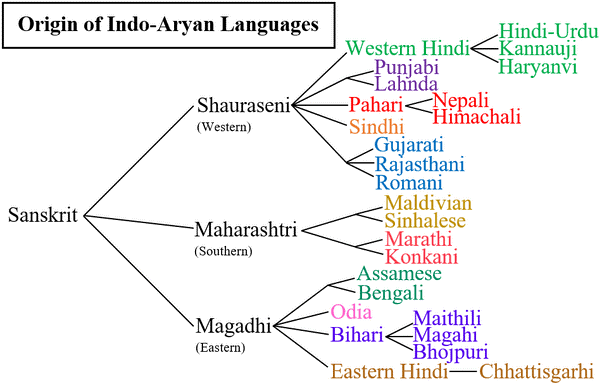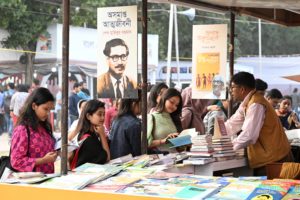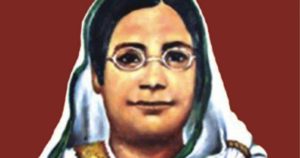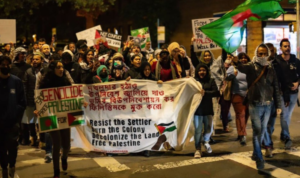Sanskrit: The Linguistic Mother of South Asia

Sanskrit: The Linguistic Mother of South Asia
By Zara Kabir
@zaratrbl
In Bengali, the word for language is ভাষা or bhasha. In Hindi, it’s also भाषा or bhasha. If you’re familiar with Indonesia, you’ve probably heard the word Bahasa, which also translates to language. But did you know in Malaysia, the word for language is also — you guessed it— Bahasa? With such diverse cultures, how is this possible?
The answer is Sanskrit, which is a root language throughout South and South-East Asia. In fact, the root word for language in Sanskrit is exactly the same— भाषा or bhāṣā! Sanskrit is a classical language that arose in ancient and medieval South Asia and has often been called the mother language of the subcontinent and even nearby South East Asia.
Such a far-reaching linguistic spread was made possible through the Silk Road. The main driver of trade and cultural exchange between South Asia and East and South East Asia from 300 CE and 1300 CE, the Silk Road helped propel the Indianization of South East Asia. Because of this, Sanskrit is now described as having been a ‘link language,’ helping people, who did not speak the same language, communicate.
Another common Bengali word that originates from Sanskirt is am or mango while the Sanskrit word is amra. Morich comes from the Sanskrit word marica while pani can be compared to the paniya in Sanskrit. Ousudh, kotha, mrittu, ondhokar, bristi, and akash are also common words that are directly borrowed from or influenced by Sanskrit.

(source en.wikipedia.org/wiki/Bhojpuri_language#/media/File:Indo-Aryan_languages_alignement.png)
Bengali, however, is not a direct ‘daughter’ language of Sanskrit. Rather, it developed from the Magadhi Prakrit, or the regionally spoken informal language of eastern India. Various prakit languages competed with Sanskrit as it’s usage began to decline as early as the 3rd century BCE. From this, we have Bengali–Assamese languages in the 12th century before it further evolved into a spoken language that became distinctly known as the Bangla we speak today.
Over time, however, the different dialects and religious backgrounds in Bangladeshis have also changed which words are used in various regions. For example, Muslim Bengalis often use more of what can be described as “Perso-Arabic” vocabulary. This is due to years of contact between those living in the subcontinent and Persians and the Middle East followed by invasions by the Mughal Empire. Bengali Hindus, on the other hand, tend to use a more “Sanskritized” Bengali vocabulary, due to the importance and history of Sanskrit in Hinduism.
To clarify, sadhu bhasha (not to be confused with shuddo) is an example of a now-defunct form of written Bengali, popular during the colonial era, that was notable for its vocabulary being mainly composed of Sanskrit words. It was used mainly in literary circles to help with the translation of Sanskrit works into Bengali, including in official legal documents. An estimated 70% of sadhu bhasha vocabulary were tatsama, or directly borrowed from Sanskrit.
It’s since been replaced with cholito bhasha in the present day, the colloquial form of Bengali used in writing and speaking. Now, it’s estimated that tatsamas make up about 25% of everyday Bengali usage, while most words are tadbhabas, or variations derived from Sanskrit. While Sanskrit itself is spoken by a little less than 25,000 people globally, the language clearly lives on in other bhashas like Bengali, which is the fifth most spoken native language today!
Read More
The Legacy of Boi Mela
Every year in February, the month-long national book fair welcomes...
Read MoreMillennial Amma: How to Explain a Global Crisis As a Parent
Rumki Chowdhury shares tips for how to talk to children...
Read MoreBegum Rokeya’s Millennials
A tribute to a pioneering Bengali feminist writer, educator and...
Read More



